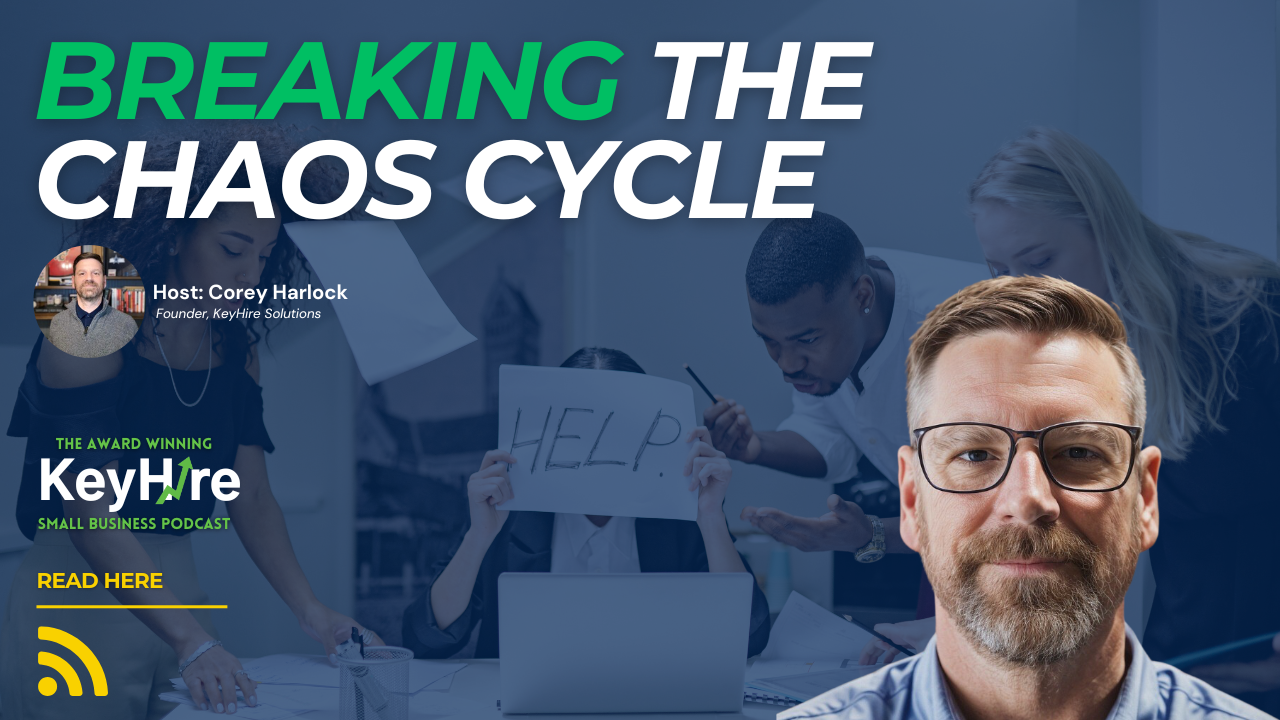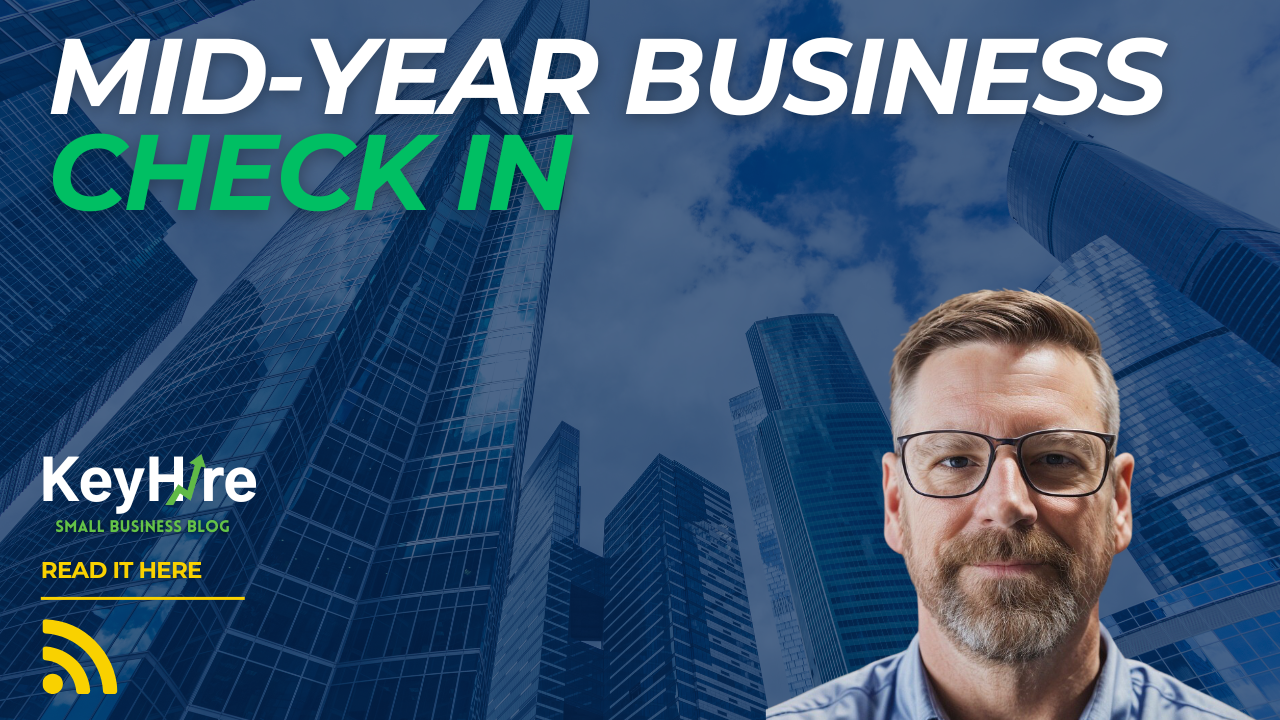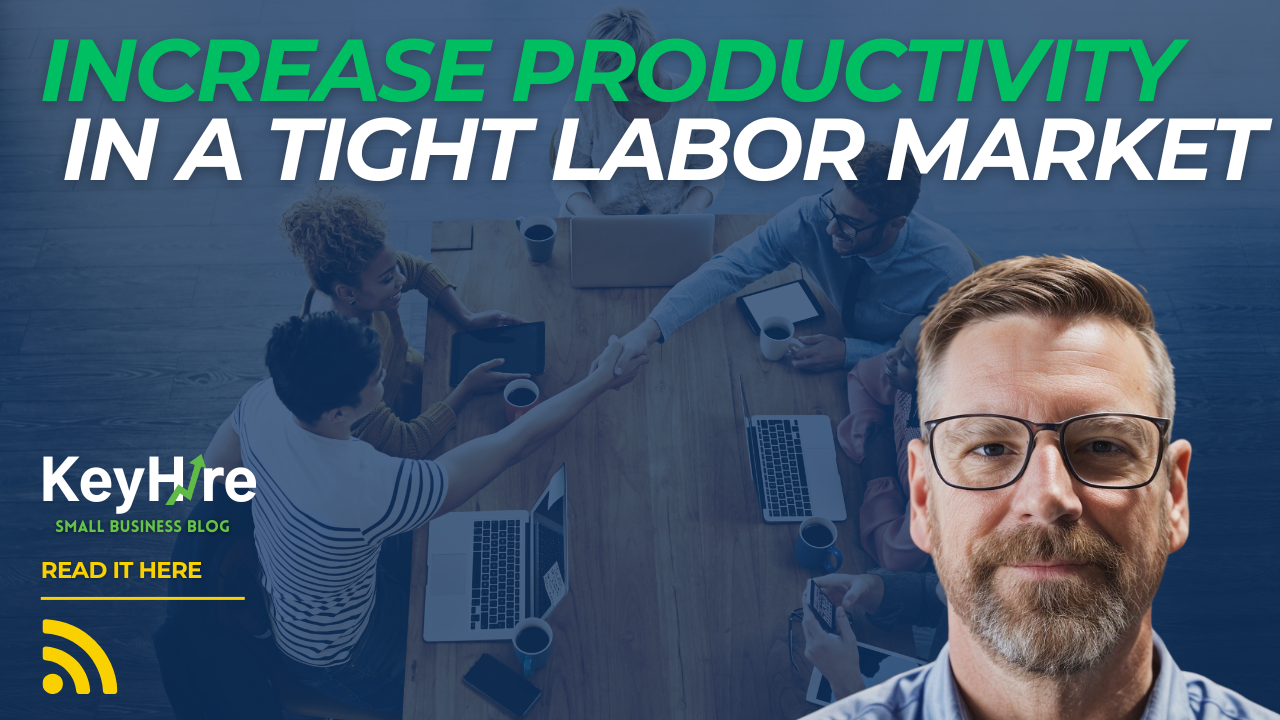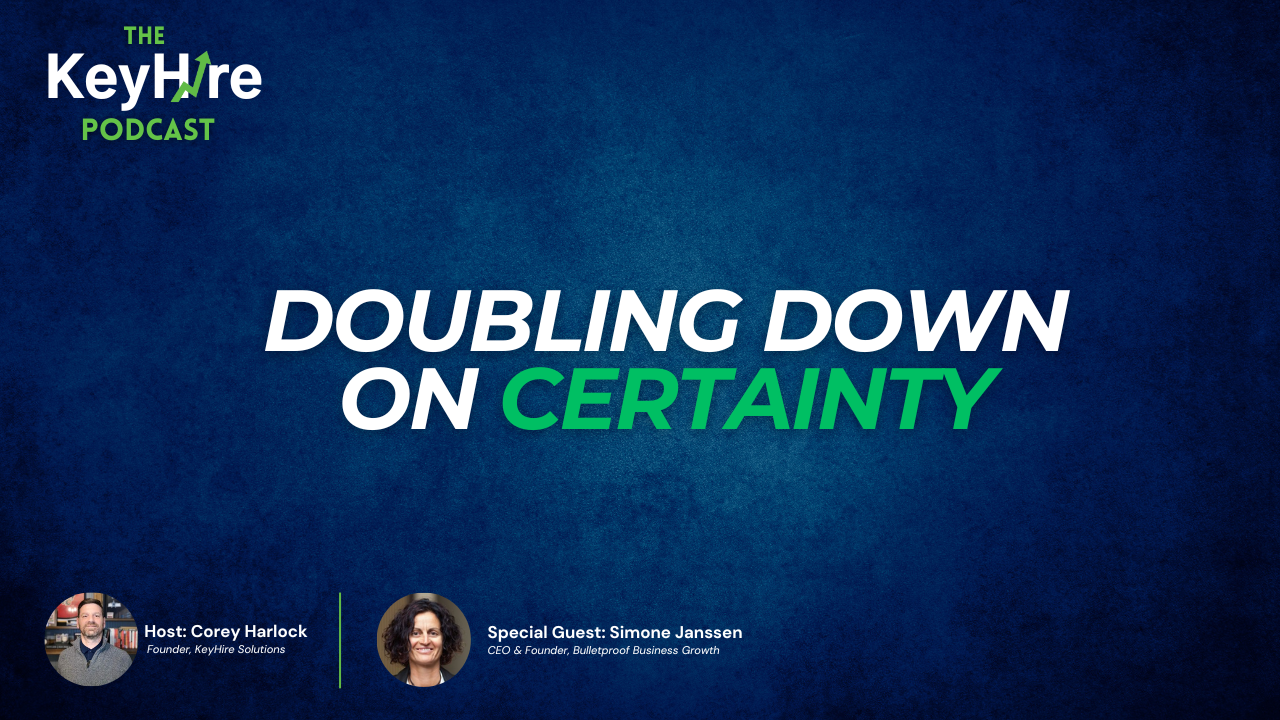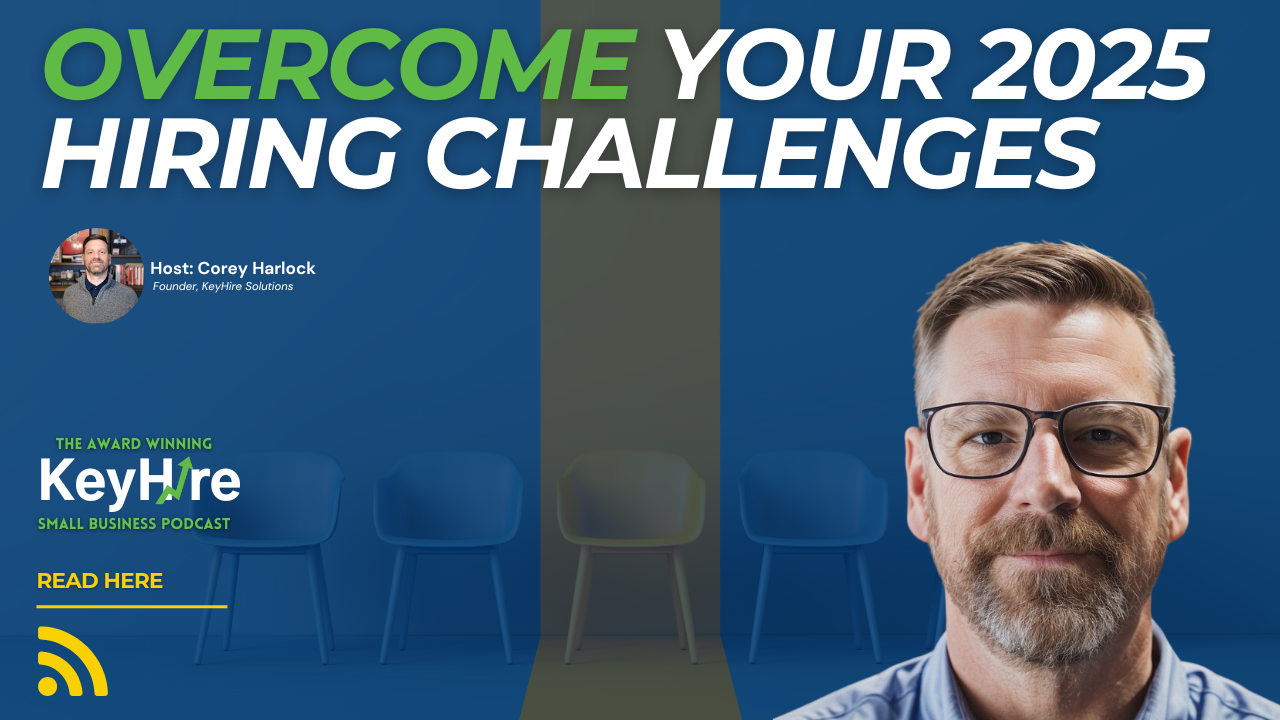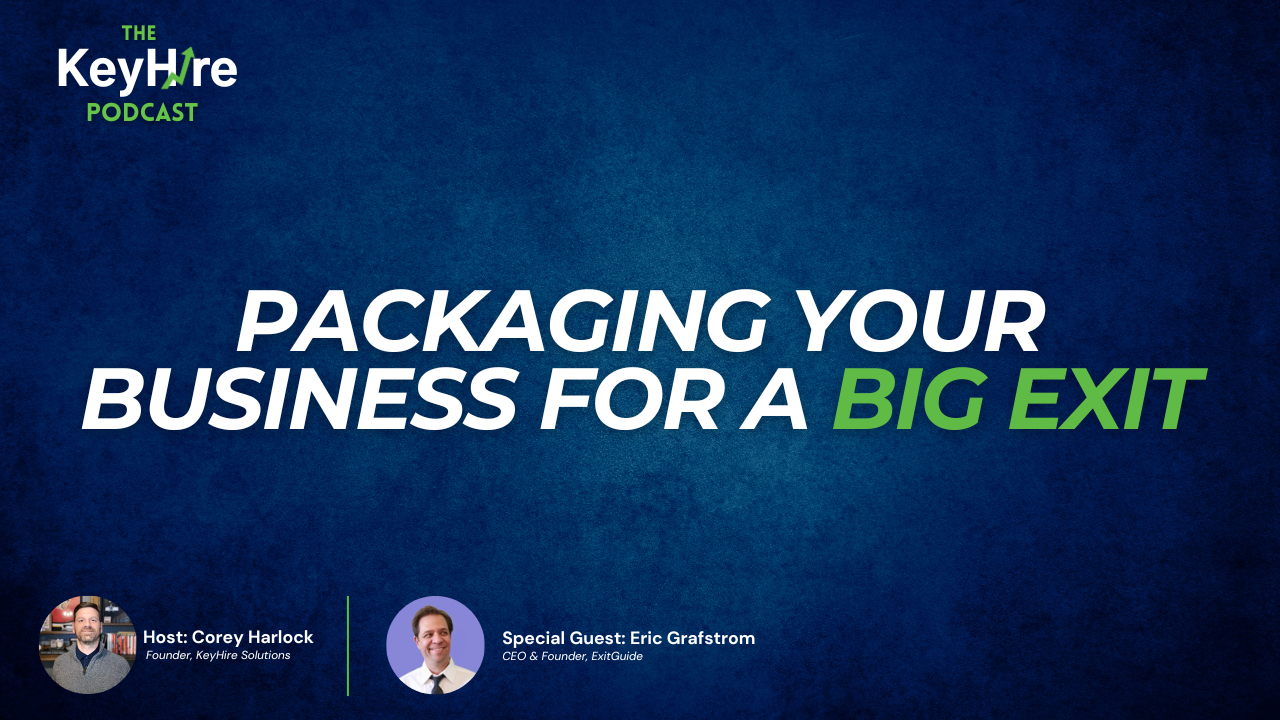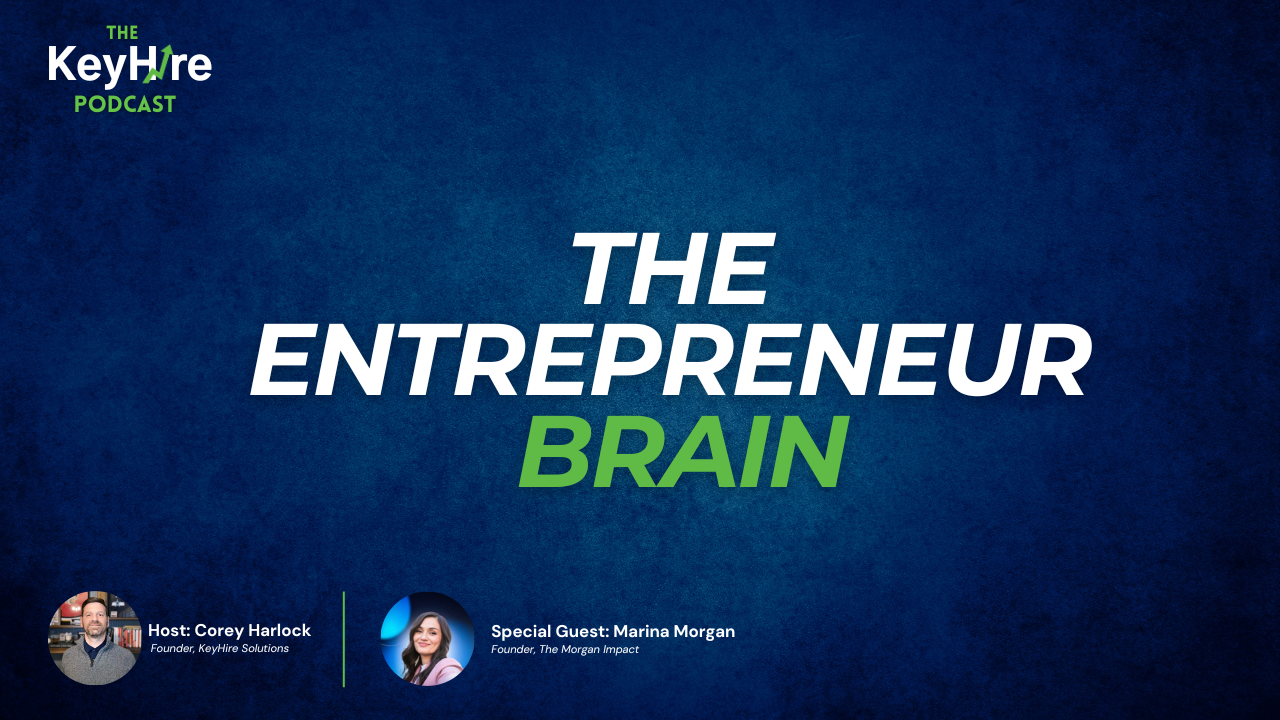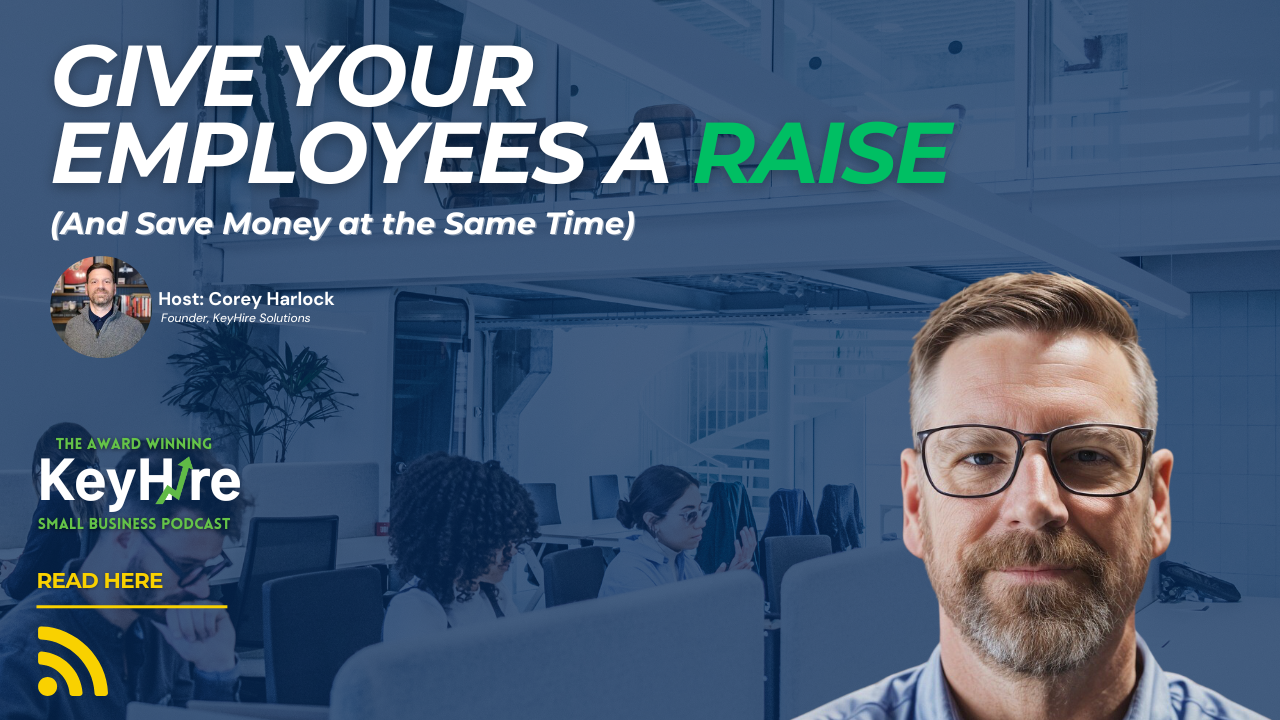How to Partner with Other Businesses to Create a Collaborative Sales Process
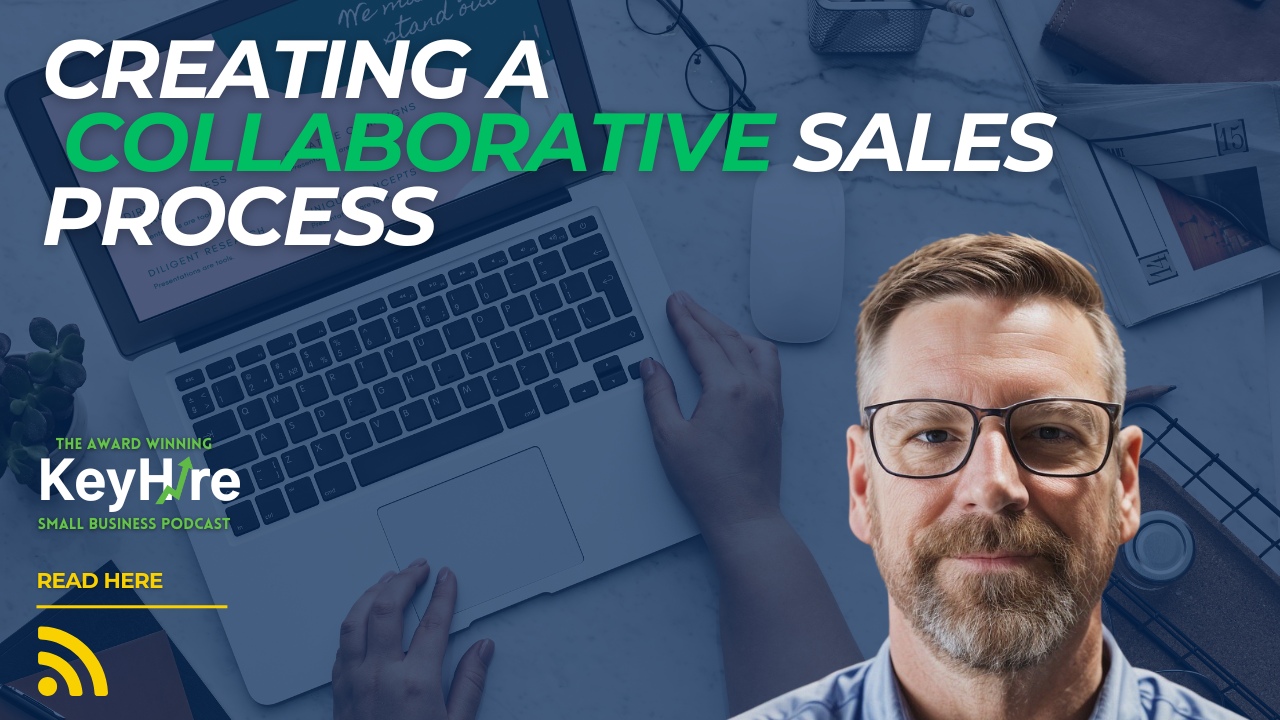
Every small business owner asks the same question: How do I get more sales? While many fall back on traditional marketing, expensive ads, or social media tactics, Mark Newsome brings a refreshing, strategic perspective that doesn’t rely on big budgets—it relies on smart partnerships.
In Episode 66 of The KeyHire Small Business Podcast, host Corey Harlock sat down with Mark Newsome, aka “Mr. Marketing,” to talk about how small businesses can use other people’s customer bases and sales processes to build their own pipeline.
Here’s how it works—and why it could transform your business.
Start With the Magic Question
Mark opens the conversation with a bold idea: stop trying to compete with everyone. Instead, partner with other non-competing businesses that already serve your ideal customer.
The strategy starts with what he calls the “magic question”:
“Is it okay if I periodically refer you new business and customers?”
Then comes the natural follow-up:
“As long as it doesn’t interfere with anything you’re doing, are you okay periodically returning the favor?”
When the answer is yes—and it almost always is—you’ve just opened the door to a mutually beneficial partnership.
Real-World Example: Retail + Bakery
Mark breaks down a powerful hypothetical: imagine a local appliance store (let’s say Corey owns it) partnering with a local bakery (Mark’s). Corey has a large email list—say, 37,000 subscribers. Instead of spending to build his own list, Mark creates a time-sensitive coupon that Corey shares with his audience.
For example: “Show this coupon at Mark’s Bakery and get a specialty drink for $3.97. Bring the cup back, and every refill is just $0.99.”
Mark gets new customers. Corey provides value to his audience. Both win. And it costs far less than a traditional ad campaign.
This Works Beyond Retail
Worried this strategy only applies to retail? Don’t be. Mark explains how warehouse distributors, manufacturers, and B2B businesses can use the same principles.
The key? Every business has:
- Customers
- Vendors
- Employees
These are all potential channels for partnership. Whether it’s placing flyers in shipment boxes or offering mutual referral incentives, there are always ways to collaborate.
Mark’s advice: stop thinking linearly. Think conceptually. Think collaboratively.
What’s a Customer Worth to You?
Before you can build a smart referral system or give away incentives, you need to know one thing: What is a customer worth over their lifetime?
Mark urges business owners to calculate Lifetime Customer Value (LCV). Once you understand what a typical customer brings in over time, you can confidently decide how much you’re willing to spend—or give away—to acquire them.
For example: if your average customer spends $2,000 a year, giving away a $300 appliance at cost to win their business is a smart bet.
Building a Bounce-Back Offer
One of Mark’s favorite low-cost, high-impact tactics is the “bounce-back offer.” It works like this:
- A customer buys something in your store.
- At checkout, they’re given a time-sensitive coupon for a discount on their next visit.
- They’re incentivized to return and to bring a friend, which amplifies your reach.
Want to boost effectiveness? Add a sweetener: “Bring a friend and get 30% off instead of 10%.”
Test different offers (A/B testing), track redemptions, and see what works. Once you find your winner, scale it.
Don’t Treat Your Business Like a One-Night Stand
One of the biggest mistakes Mark sees? Business owners focus entirely on getting the customer—but once they make the first sale, they move on.
“You spend all this money to get the customer,” Mark says, “then drop them like it’s hot.”
Instead, he urges owners to nurture relationships through:
- Time-sensitive offers
- Referral bonuses
- Follow-up email campaigns
- Incentives to bring friends
Which brings us to…
Build That Email List
Online retailers have this locked down—you can’t check out without handing over your email. But in-store? It’s often an afterthought.
Mark suggests ditching the “Can I get your email for 5% off?” line and going for something bold: a monthly giveawaywith big prizes.
For example, in a men’s clothing store:
- Spend $100, and you’re entered to win a custom suit worth $1,200.
- Every month, one male and one female winner.
- Winners announced on social media and via email.
Suddenly, your opt-in rates skyrocket.
Make It Sexy—Not Spammy
To get real traction, your offers need to be worth it. A $5 discount doesn’t move the needle. But a TV giveaway, a free dinner, or a premium item at cost? That gets attention.
Mark also recommends letting people opt into different segments:
“Check this box if you’d like exclusive deals from other local businesses.”
Now you can monetize your list by sending affiliate offers or partner promos. Just one more way to create revenue from existing assets.
Turning Stylists into Salespeople
Mark gives another powerful example: imagine you’re a retail appliance store. You partner with a local barber. You give their stylists 500 discount cards to hand out to clients.
Each card says: “Mention Corey’s Barbershop and get 10% off appliances up to $100—or 40% off if you bring a friend.”
Then you bonus the stylists based on how many redemptions they generate. Hit 10 redemptions, and they get a $200 bonus. Stay at the top of the leaderboard? Get double.
You just created an external salesforce—without hiring a single employee.
Action Steps: How to Get Started
To wrap up the episode, Mark offered this 5-step roadmap for business owners:
- Learn your Lifetime Customer Value.
Know what each customer is worth, and let that guide your budget. - Build bounce-back offers.
Test time-sensitive coupons that bring customers (and their friends) back. - Start your own email list.
Use giveaways and incentives that are actually worth opting in for. - Create partnerships.
Ask the magic question. Find complementary businesses and collaborate. - Leverage your team and your vendors.
Incentivize staff and trade exposure with your suppliers and clients.
Mark’s message is clear: your business has hidden value—you just need to learn how to leverage it.
Listen & subscribe:
Podcast: https://www.keyhire.solutions/the-keyhire-podcast--new
YouTube: https://www.youtube.com/@keyhiresolutions
Connect with us: https://www.keyhire.solutions
